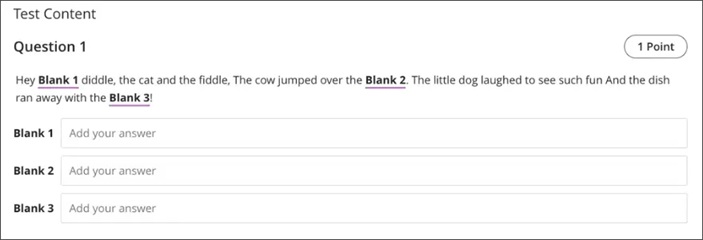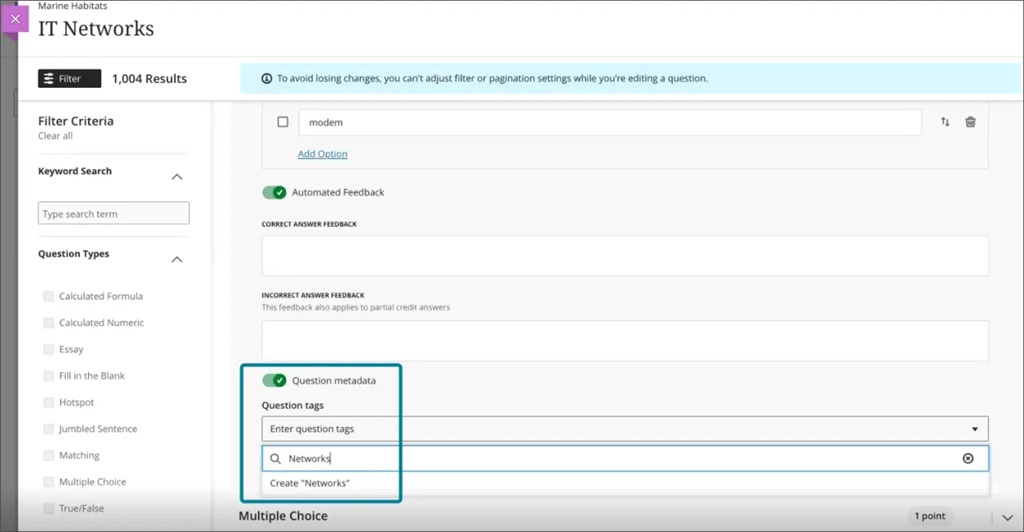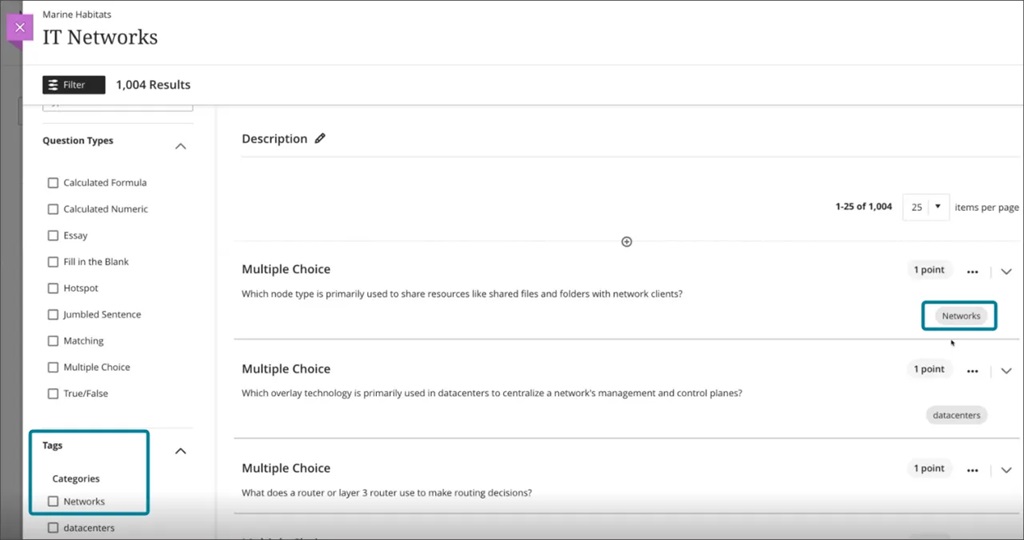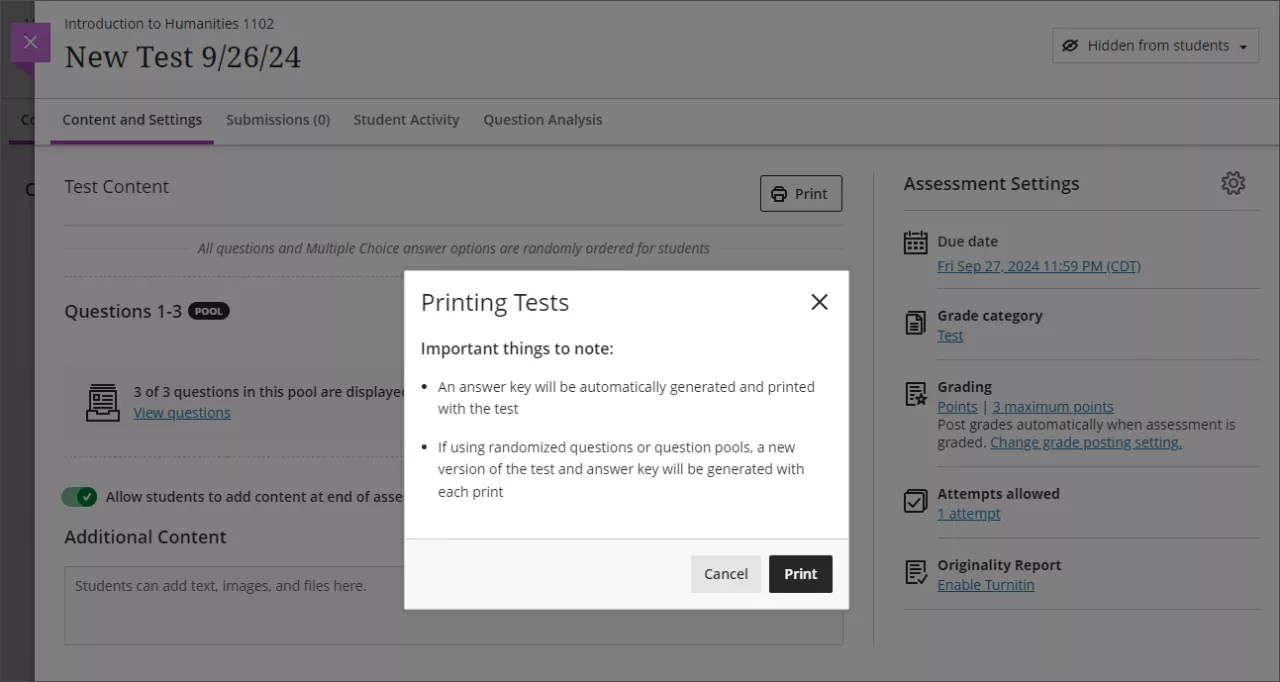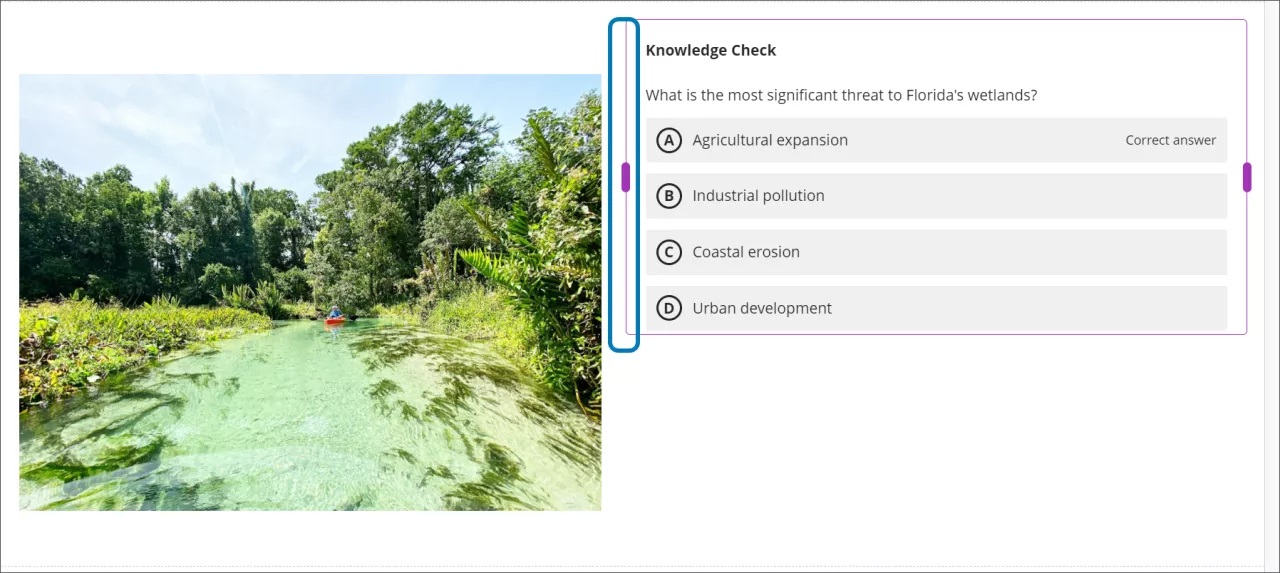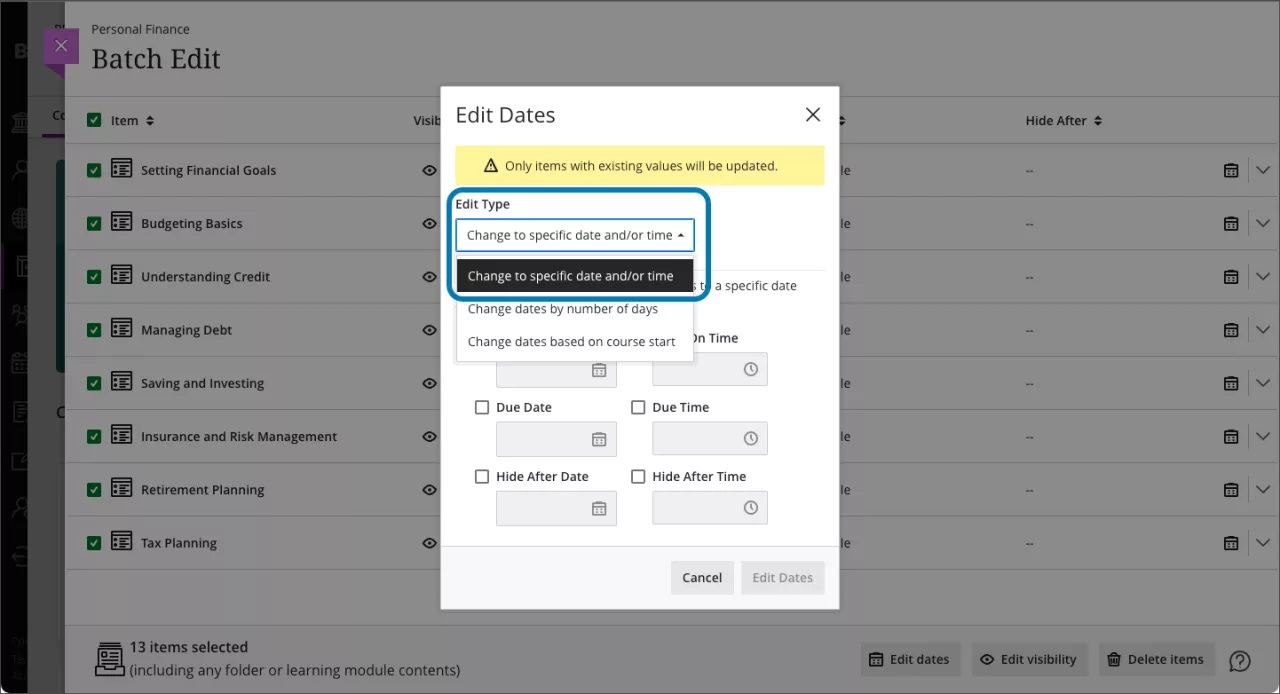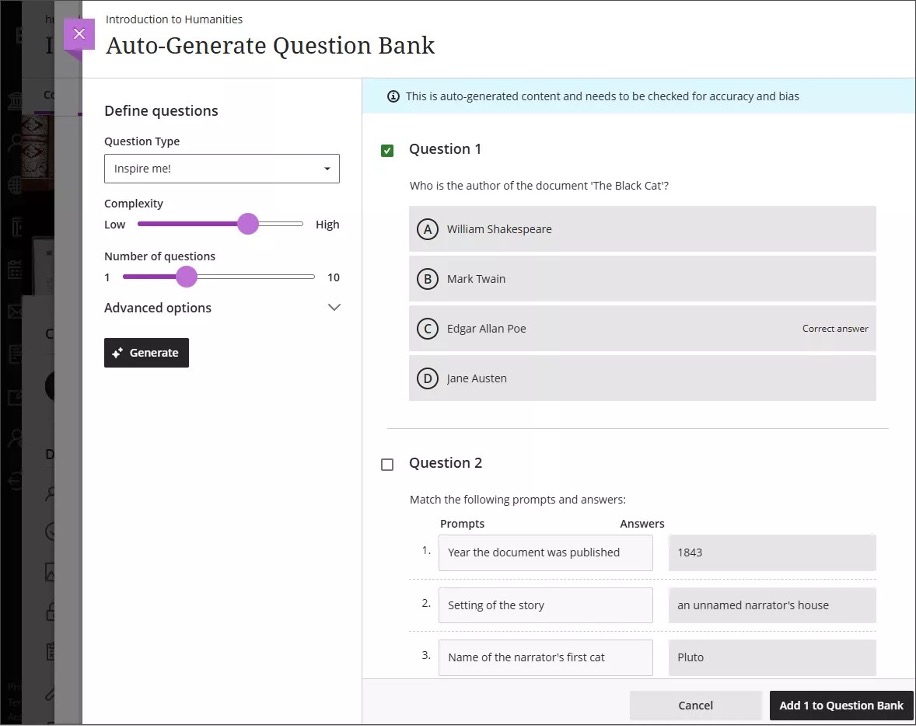
On November 18, Aberystwyth University will join institutions worldwide for Fix Your Content Day 2025, hosted by Anthology. If you are wondering about what this means, or whether to take part, then here are a few reasons to get involved.
Every change – big or small – makes a difference to our students. Making Blackboard content as accessible as possible benefits all our students. Having materials in a format that students can use easily means that they can focus on their learning rather than struggling with inaccessible formats. The choices that staff make to design accessible materials, as well as the Ally Alternative Format tools, help us to make sure that all students can engage with their studies.
It’s particularly important here at AU, as the latest HERA data show that over 28% of our students have a declared disability (compared to 16.7% nationally).
Drop-in session open to all. Although our e-learning staff are always willing to help you with accessibility, we’ll have dedicated support available in B23 Llandinam during the afternoon of 18th. Come along and we can show you how to use Ally or discuss any particular issues you have with your course materials. And tea and biscuits will be available!
And finally, taking part in Fix Your Content Day is part of our ongoing commitment to ensuring that all students can engage with learning materials.


